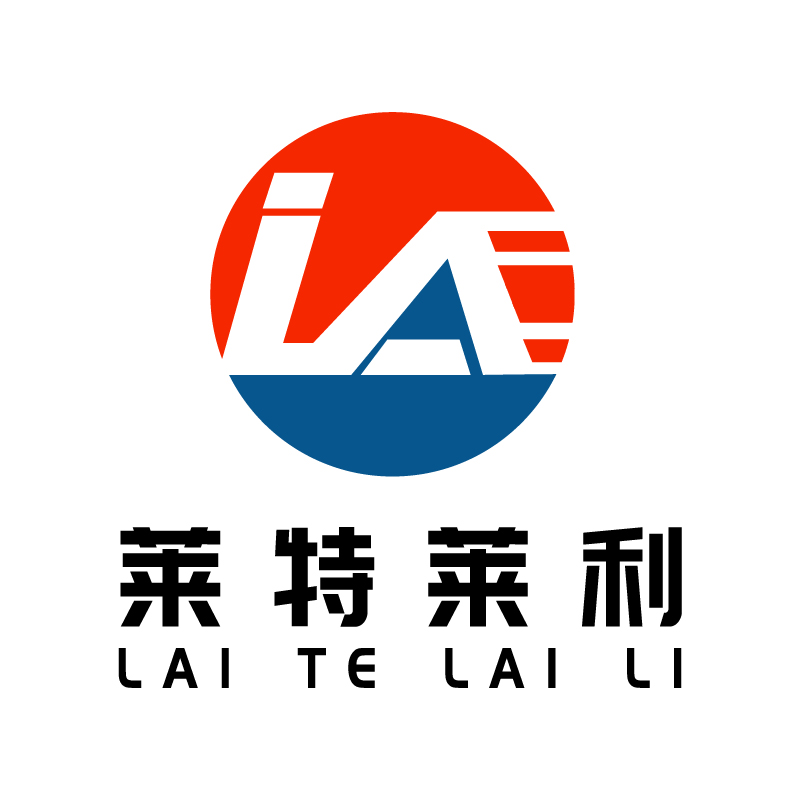How to choose the appropriate enhanced mixed base carbon strip?
When selecting a suitable reinforced mixed base carbon strip, several factors need to be considered to ensure the best printing results and economy. Here are some key points to choose from:
1. Determine the printing requirements
Printing material: Understand the material used for the label or bar code to be printed, such as coated paper, PET, synthetic paper, etc. Different materials have different requirements for carbon strips, for example, a material with a smooth surface may be more suitable for a mixed base carbon strip with a higher resin composition.
Printing effect: Clear requirements for printing clarity, durability, scratch resistance, etc. Enhanced mixed base carbon strips usually perform well in these areas, but the specific choice still needs to be balanced according to actual needs.
Printing speed: If the printing task is heavy and high-speed printing is required, the enhanced mixed base carbon strip that can support high-speed printing and has good stability should be selected.
2. Consider printer compatibility
Printer type: Confirm the printer model used and select an enhanced mixed base carbon tape compatible with it. Different brands and models of printers may have different requirements for the width, length and sensitivity characteristics of the carbon strip.
Print width and length: According to the maximum print width of the printer and the length of the paper roll that can be loaded, select the appropriate carbon tape specification. The width of the carbon tape should be greater than or equal to the width of the label paper and less than the maximum printing width of the printer.
3. Pay attention to the performance parameters of the carbon belt
Melting point and print temperature: Understand the melting point range of the carbon strip to ensure stable operation within the printing temperature range of the printer. Printing temperature is too high or too low may affect the printing effect.
Friction and chemical resistance: According to the requirements of the application scenario, the enhanced mixed base carbon strip with corresponding friction and chemical resistance is selected.
Clarity and blackness: Select the carbon belt with high printing clarity and good blackness to ensure that the printed text, pattern and bar code are easy to identify.
4. Consider economy and environmental protection
Cost-effectiveness: Consider the cost-effectiveness of the carbon strip while meeting the printing needs. Although the cost of enhanced mixed base carbon strips may be slightly higher than other types of carbon strips, their excellent printing results and durability generally reduce the overall cost of use.
Environmental performance: Pay attention to the environmental performance of the carbon belt and choose products that can be recycled or have less impact on the environment. With the improvement of environmental awareness, more and more users begin to pay attention to the environmental performance of printing consumables.
5. Refer to user reviews and recommendations
User reviews: Read reviews and recommendations from other users to see how different brands and models of enhanced hybrid carbon strips perform in practical applications. User reviews often provide more intuitive and useful reference information.
Professional recommendation: Consult the printer manufacturer or professional consumables supplier for more professional recommendations and recommendations.
To sum up, the selection of the appropriate enhanced mixed base carbon strip requires comprehensive consideration of printing requirements, printer compatibility, carbon strip performance parameters, economy and environmental protection and other factors. By carefully comparing and weighing these factors, you can ensure that you choose the carbon belt product that best suits your needs.



